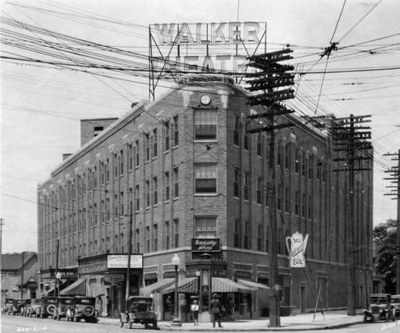
Purchase Tickets
Black History Month: Indiana Avenue
February 16, 2016

When you hear someone talk about the history of jazz, your first thought might be New Orleans.
But did you know Indianapolis had its own famous jazz scene starting in 1821 and lasting until the 1970s?
Indiana Avenue in downtown Indy was home to Madam Walker Theatre and several nightclubs where many local jazz musicians such as Wes Montgomery, J.J. Johnson, Freddie Hubbard, David Baker and Slide Hampton and songwriters Leroy Carr and Nobel Sissle went on to become some of the country’s most influential jazz artists.
In the years before and after World War I, local black jazz artists weren’t recorded due to the color of their skin. Only upper and middle class, white musicians were allowed. Despite this, many black artists continued to leave a lasting impact on the local community and paved the way for the next jazz generation of the 1950s

and 1960s.
One of the earlier greats was Nobel Sissle. Born in Indianapolis in 1889, the singer/songwriter teamed up with Eubie Blake to produce and perform the Broadway musical Shuffle Along in 1921. Sissle also played at the Indiana Roof Ballroom throughout the 1930s. In 1937, he helped found the Negro Actors Guild and served as its first president.
Sissle and other artists helped make way for the next generation of black musicians such as Wes Montgomery and Freddie Hubbard.
Montgomery, nationally known as one of the greatest jazz guitarists, was born in Indianapolis in 1923. He was a self-taught musician and played in nightclubs along Indiana Avenue with his brothers and Indianapolis-born trumpeter Hubbard in the 1950s and 1960s. In 1957, the group recorded several songs for the label Pacific Jazz.
After playing with the greats on Indiana Avenue, Hubbard moved to New York and became internationally known touring across America and Europe.
So the next time you hear someone talking about how jazz was invented in New Orleans, you can school them on some of the greats to come out of the Hoosier State.
_________________________________








